News

Generative artificial intelligence and photography
The Union of Professional Photographers is alerting public authorities to the urgent need for a legal framework for the use of generative artificial intelligence (AI), in order to :
\ to adapt the regulations governing consent and remuneration of authors whose works are used to drive the systems,
\ to ensure protection for AI productions and their creators,
- and guarantee the necessary transparency for stakeholders to avoid abuses and excesses.
The use of visual generative artificial intelligences (MidJourney, Dall-E, Stable diffusion, etc.) enable anyone to describe their expectations using a text called a "prompt", and receive an immediate response from the system with a series of visuals whose quality improves day by day.
Generative AI systems rely on algorithms that are trained to associate words with visual renderings through validation loop processes. Confronted with an image, the system tries out an answer word and is confirmed in its choice or corrected in the event of a wrong answer. It is this very large-scale repetition (billions of loops over billions of images) that enables the AI to learn. So, when the user asks the system for a word, the AI suggests the most statistically probable answer, based on its past experience of word/image association. In other words, the AI does not compile existing images, but "creates" them based on what it has learned about the word used in the prompt.
- Image origin
In order to learn, the generative artificial intelligence system is fed by all images, and more particularly by photographs found on the Internet.In France, these photographs are considered to be works protected by copyright, which protects all works of the mind from the moment they are created.
The DAMUNDirective 2019/790 enshrined an exception to copyright by authorizing data mining (TDM) by artificial intelligence systems, including for commercial purposes, and unless expressly withdrawn by the authors "by means of machine-readable processes (image metadata, site terms and conditions)".commercial purposes, and unless expressly withdrawn by the authors "by means of machine-readable processes (image metadata, site terms and conditions)".
In practice, thisopt-outmechanism is currently inoperative: on the one hand, because image metadata is not/misrepresented when images are shared on other websites or social networks; on the other hand, because the general terms and conditions of the site The second is that the general terms and conditions of the original site on which the photographs are published cannot be consulted when the photograph is shared. The third is that this mechanism does not take into account massive uses that predate the text of the directive introducing this rule.
What's more, these regulations, recent as they are, have not considered the uses that generative AIs make of protected works: to create an economic system in which players (AI companies) benefit from revenues generated by users' subscriptions through the continuous use of protected content.generated by user subscriptions, thanks to the continual use of protected content to drive their systems.
To date, the authors whose works have been used to train AIs have not been consulted, have not given their consent and are not being remunerated for these uses of their photographs.
It is therefore essential to review the text of the DAMUN directive in order to organize value sharing and establish fair conditions for past and future use of photographs by AIs, and in particular :
- inform stakeholders of photographs used for training purposes by AI systems,
- set upa consent management system for authors whose images are likely to be used,
- remunerate past and future uses of photographs used by AI systems.
It is hardly conceivable that consents and remuneration should be negotiated individually by authors with AIs. A collective management mechanism would therefore appear to be the most appropriate way of achieving a sharing of value that is more in line with the provisions of international copyright conventions, i.e. the prohibition of limitations or exceptions. that is, the prohibition of limitations or exceptions to copyright which conflict with a normal exploitation of the work and unreasonably prejudice the legitimate interests of the author.
- User and creation status
Many national jurisdictions around the world agree that, in the absence of human authorization, artificial intelligence producers/productions cannot be protected by copyrightsystems .
However, this legal choice is neither universal nor systematic, and States often find themselves in a delicate legal position when it comes to defining the limits of AI-assisted creations on the one hand, and AI-generated productions on the other.on the one hand, and AI-generated productions on the other - the former being protected by copyright, but not the latter.
Because artists and authors will increasingly be called upon to work with these tools, and so that they can draw resources from their work within a secure legal framework, the legislator must provide a legal framework for "prompt art". There is an urgent need to recognize the status of author for those who use generative AI as a means of expressing themselves and creating a work of the mind, and to protect the original quality of the works resulting from these prompts.
Whether it's an extension of copyright, another intellectual property right, or an alternative means of securing the rights of creators, a regime needs to be established and implemented. With the growing economic weight of AI-generated productions, it is becoming essential to secure the rights of those who have enabled these productions to come into existence, and to avoid a vacuum in the market.and to avoid a legal vacuum that would create both a danger of economic parasitism and a risk of dispossession of rights over these poorly-identified legal objects.
- Ethics, transparency and democracy
In a context where many images are shared and spread virally without their veracity or ethics having been validated, artificial intelligences represent the hub of personal information whose origin and destination cannot be monitored or controlled.artificial intelligences represent the hub of personal information, the origin and destination of which cannot be monitored or controlled. The opacity of these systems is detrimental to the right to personal data protection.
There is therefore an urgent need for regulations to ensure that authors' rights of access, rectification, opposition and deletion of their personal data used by artificial intelligences are respected. This right would cover :
- data protected by the RGPD,
- but also creations of which they are the rightful ownersand on which the AIs have been trained
- as well as productions made "in the manner of" or "in the style of" and which generate images likely to prejudice them either through plagiarism or counterfeiting, or through failure to pay royalties,
- and finally productions representing them.
In the interests of ethics and transparency, and to combat misinformation in particular, images generated by artificial intelligence need to be immediately identifiable by the general public, so that everyone can consciously make their choice of communication content, and distribute these images in full transparency of their true nature: a photograph of the real world or an image conceived with no desire to document reality. The future of journalism, and of democracy in general, depends on our ability to distinguish truth from falsehood in the mass of images that surround us.
The players offering generative AI tools must be made to face up to their responsibilities in this area.
Stéphanie de Roquefeuil


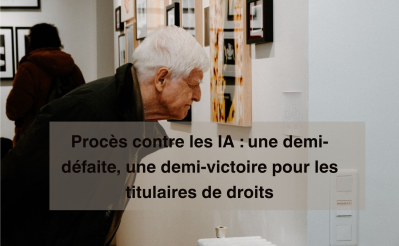
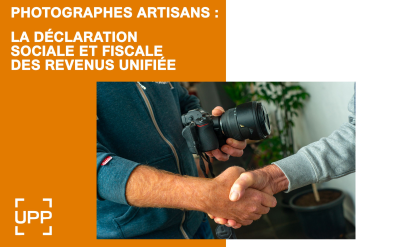
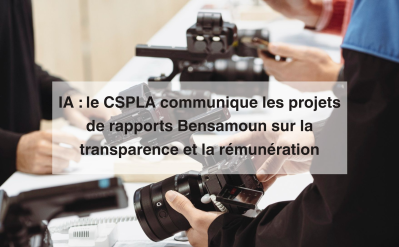
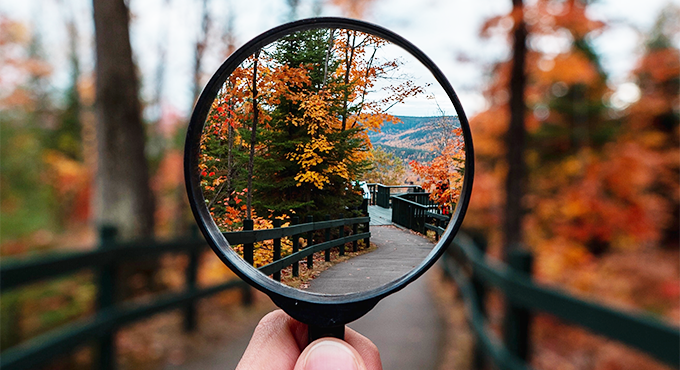
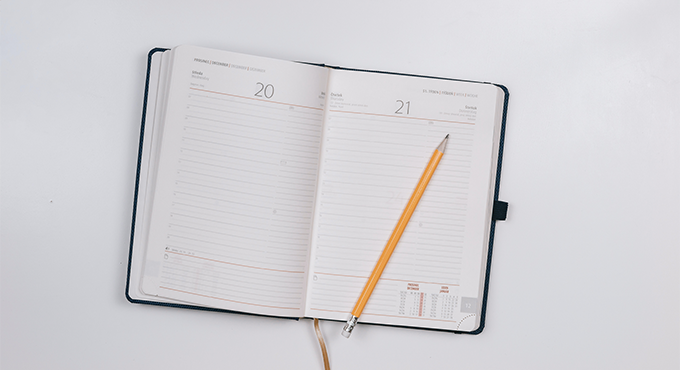
No comment
Log in to post comment. Log in.